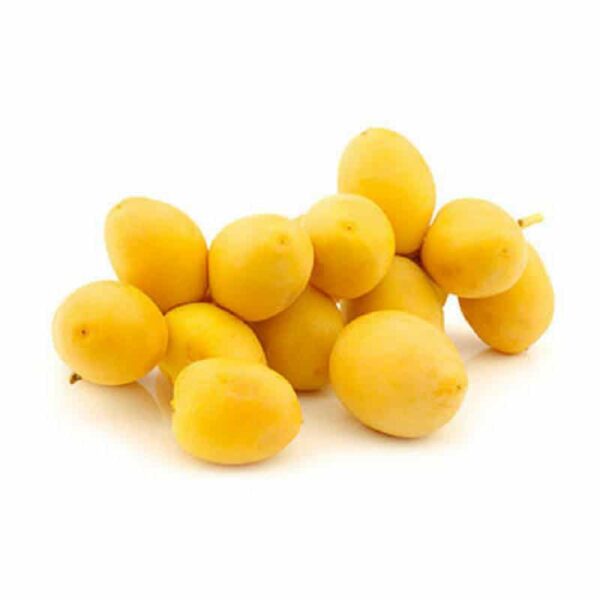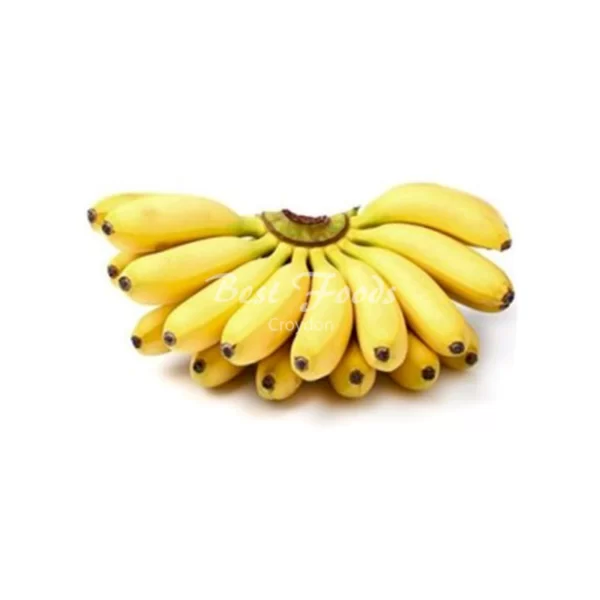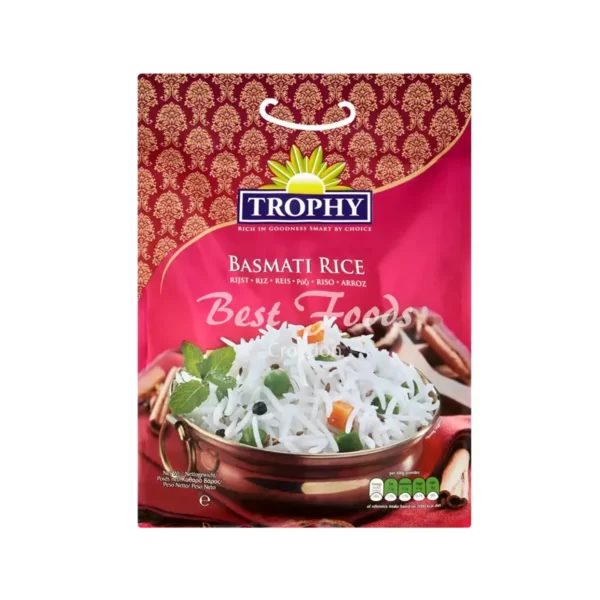| Weight | 0.6 kg |
|---|
Cassava (Approx 600g)
Product Description
Cassava / Tapioca root is the underground portion of the Cassava plant. The tropical bush-like plant has edible palm-like leaves at the end of long reddish colored stems. The plant branches irregularly and can grow to the size of a small tree if allowed. The large tapered Tapioca roots are similar in size and shape to a sweet potato. The tuber has an inedible shiny brown skin with rough patches and faint growth rings ascending down to the tip. The starchy flesh of the Tapioca root is a light white or cream color and has a grainy texture similar to potatoes with a mild, sweet flavor. Tapioca root contains cyanogenic glucosides called saponins, the amount of which varies depending on the variety (“bitter” or “sweet”). Sweet Tapioca contains lower levels of the compound and requires less preparation prior to eating, which is why it is the variety most commonly available as a vegetable. Tapioca root is soaked in water and often repeatedly washed prior to its use to get rid of the saponins.
Tapioca root, as it is called most frequently in India, is referred to as ‘Cassava root’ in America and is known as Mandioca, Manioc, and Manihot in other parts of the world. Botanically, the plant is known as Manihot esculenta. The Central American plant and root are known as ‘Yuca’, pronounced YOO-ka, which is the Native American word for Cassava. It is sometimes confused for the desert plant, yucca, pronounced YUHK-a, which is unrelated to the root vegetable. Tapioca root is one of the most adaptable and drought-resistant plants, making it an ideal food crop for a variety of environments. Tapioca root is the source of tapioca starch or flour, which is a popular gluten-free alternative.
Nutrition Facts
| Energy | 160 kcal (670 kJ) |
|---|---|
|
38.1 g
|
|
| Sugars | 1.7 g |
| Dietary fiber | 1.8 g |
|
0.3 g
|
|
|
1.4 g
|
|
| Vitamins | Quantity%DV† |
| Thiamine (B1) |
8%
0.087 mg |
| Riboflavin (B2) |
4%
0.048 mg |
| Niacin (B3) |
6%
0.854 mg |
| Vitamin B6 |
7%
0.088 mg |
| Folate (B9) |
7%
27 μg |
| Vitamin C |
25%
20.6 mg |
| Minerals | Quantity%DV† |
| Calcium |
2%
16 mg |
| Iron |
2%
0.27 mg |
| Magnesium |
6%
21 mg |
| Phosphorus |
4%
27 mg |
| Potassium |
6%
271 mg |
| Sodium |
1%
14 mg |
| Zinc |
4%
0.34 mg |
| Other constituents | Quantity |
| Water | 60 g |
Applications
Tapioca root has a variety of applications; most commonly the tuber is ground into flour and used as a thickener for soups, stews, and as a gluten-free flour substitute. The uses for Tapioca root aren’t just limited to flour. Once the brown skin is cut or peeled away, the starchy flesh can be cut into bite-sized pieces and blanched prior to cooking. Cut into strips, the root makes a good substitute for French fries. Tapioca root can be boiled, baked or fried. After peeling the root, soak in a bowl of water, changing the water multiple times until it’s clear. Slice the root thinly into chips to either bake or fry, similar to potato chips. Tapioca cut into chunks can be boiled to prepare and added to curries and stews. Like potatoes, Tapioca root also stores well. Tapioca root can be kept in a cool pantry for up to a month. Prepared Tapioca root should be used within a day.


















































